Fluid & Heat Blog Posts
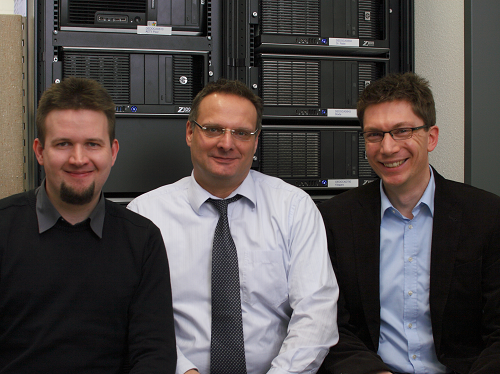
The Advantages of Mechatronic Simulation at KOSTAL
For 60 years, the technology manufacturer KOSTAL Group has been implementing various electrical systems in cars, making your driving experience more enjoyable. For instance, the Automotive Electrical Systems division of KOSTAL placed indicator switches near the steering wheel and created integrated-function push buttons. Over the years, their patents and designs have become more complex and revolutionary. Currently, they are working on optimizing the design of their roof modules for premium cars using mechatronic simulation.
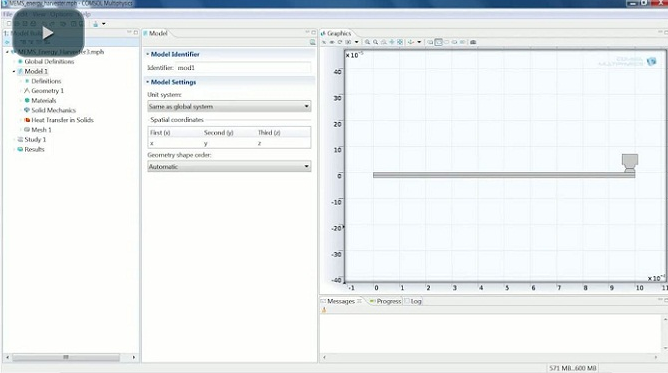
MEMS Energy Harvester for Reusing Waste Heat
Today we welcome another guest post from Kyle Koppenhoefer of AltaSim Technologies, a COMSOL Certified Consultant. In this entry he will discuss modeling MEMS energy harvesting devices. During our recent webinar with COMSOL on thermal-structure interaction modeling, we at AltaSim Technologies demonstrated modeling of a MEMS energy harvester that scavenges waste heat. Examples of sources for waste heat range from microprocessor chips, to internal combustion engines, to chemical processing plants. If the waste heat generated from these cases could be […]

Starting Small with Sonar Dome Design
Starting the design process by testing on a small scale is often the best way to tackle issues affecting large objects, like a ship. Detailed in COMSOL News 2013, researchers at INSEAN, The Italian Ship Model Basin, used small-scale testing and then simulation to analyze the effect of placing a sonar system within the bulbous bow at the hull of a ship. Using a small-scale model of a bulbous bow, the researchers at INSEAN performed fluid-structure interaction experiments, and subsequently […]
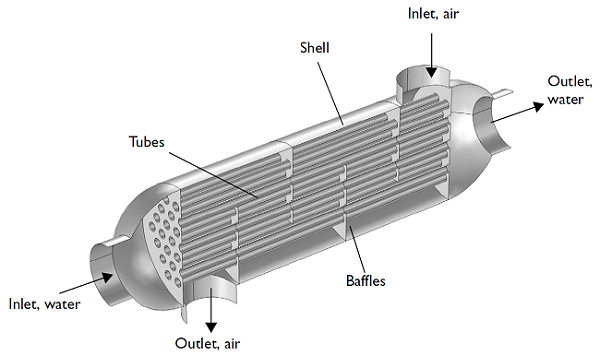
How to Model a Shell and Tube Heat Exchanger
Shell and tube heat exchangers are one of the most widely used type of heat exchanger in the processing industries (65% of the market according to H. S. Lee’s book, Thermal Design) and are commonly found in oil refineries, nuclear power plants, and other large-scale chemical processes. Additionally, they can be found in many engines and are used to cool hydraulic fluid and oil. There are a variety of different configurations for these heat exchangers, but their basic concept can […]
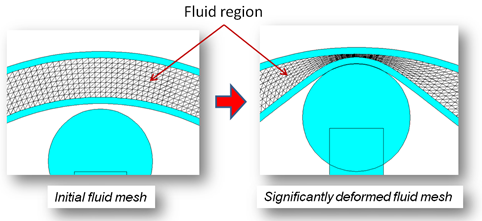
Fluid-Structure Interaction (FSI) using COMSOL Multiphysics
Today we have the pleasure of welcoming Nagi Elabbasi of Veryst Engineering as a guest blogger. Read on to see what this COMSOL Certified Consultant has to say about fluid-structure interaction. Two weeks ago I led a webinar on fluid-structure interaction (FSI) using COMSOL Multiphysics. FSI involves coupling between a deformable or moving structure and a surrounding or internal fluid flow. There is a growing number of engineering and scientific problems where a purely structural or purely CFD analysis just […]
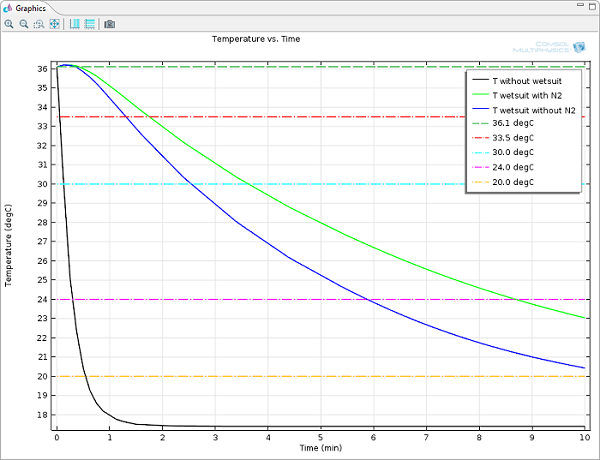
Thermal Insulation with Bubbles is Better
As a nuclear engineer, I’ve attended many thermal engineering classes. Whereas I’ve enjoyed learning techniques to enhance heat transfer, I’ve also found fascinating those applications where it is important to reduce heat transfer using the right choice and combination of materials and shapes. The design of this is vital for many industries, including the building and aerospace industries. Lately, I came across an interesting example of thermal insulation in the most mundane of these things: clothing design. I had to […]
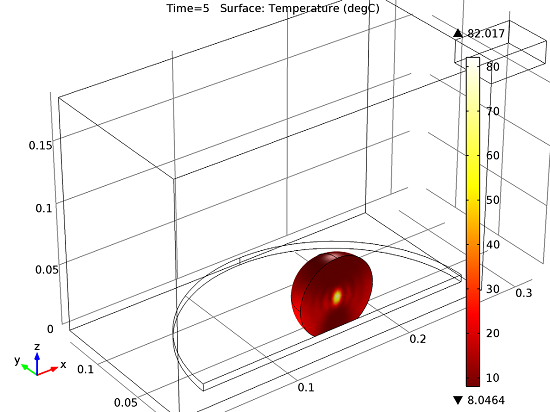
Why Does a Microwave Heat Food Unevenly?
It’s probably something we have all experienced. We get home, stick last night’s leftovers in the microwave, and sit down to have a nice meal — only to realize that the food is scalding hot one bite and freezing cold the next. This experience has prompted me on more than one occasion to wonder: Why does a microwave heat food so unevenly?
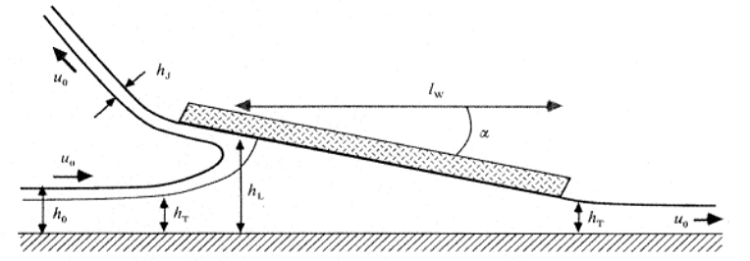
Skimboard Hydrodynamics: It’s All in the Boundary Conditions
When it comes to recreational water sports, simulation can make a dramatic difference in performance. Skimboards are a perfect example of this. These short, thin boards are similar to surfboards without fins and they allow riders to float on the water’s surface and glide. In order to improve the design of the board, one group of researchers relied on hydrodynamics to understand the interaction between water and skimboards.
